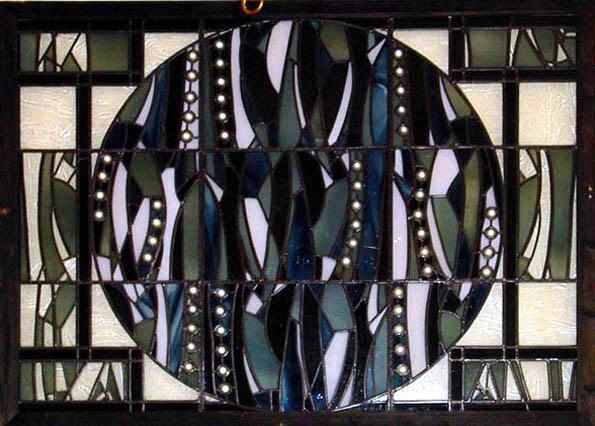Introduction
My name is Isla and I am a volunteer at the Archives and Special Collections Centre. Alongside more traditional paper-based archival material, the centre holds a wide variety of mixed-media collections. For my blog contribution, I will focus specifically on items within one of these collections - the UAL Art Collection.
UAL Art Collection
Dating back to 1987, the UAL Art Collection consists of more than 850 pieces of work from UAL students and graduates. Each year a number of new works are added to the collection, purchased from students either at the time of their degree shows or from open-studios and exhibitions undertaken after they graduate. As such, the collection acts as a curated, visual history of the university, placing the students and their work at the centre of this narrative. Publicly accessible, the online catalogue for the collection aims to act as a platform for the artists, through which the works can be viewed and loaned out to external institutions. The collection includes work from notable UAL alumni such as Yinka Shonibare and Mona Hatoum, alongside emerging artists and designers from across artistic disciplines.
Follow us
Contact us

Searching through the online catalogue, I found hidden among the digitised items in the collection, a small number of art works with no artist’s or maker’s name attributed to them. As with every other piece in the collection, each item of this seemingly ‘artist-less’ art has been selected, preserved, carefully photographed and these digital images added to the public database. In the description for each image, where the artist’s name would be, the work has been listed as ‘unattributed’.

These unattributed works, visible through the cracks in the digital interface, intrigued me and as I continued to search I repeatedly returned to them. I think that I was drawn back to them, not just because of a visual aesthetic or the subject matter that they represented, but because of their ambiguity. We do not know who made them and they are pulled together by that very thread, linked by their anonymity. The lack of a discernible maker turns each art work into a question. And the imagination of the viewer must fill in the blanks. It is these nameless and partially decontextualised works that I have chosen to bring to the fore by making an online collection called 'unattributed'.
These 19 items come predominantly from the 1980s and 90s and were acquired during the early days of the collection, before collecting policies had been fully developed and implemented. This meant that the artefacts were not all acquired with the levels of documentation and supporting material that would be necessary today.
Unanswered Questions
Every archive contains gaps, unknowable spaces in an ever evolving catalogue. They are a universal feature of almost any collection of objects. But what does an art work become when we don’t know who made it, what happens when the contextual information on which we often rely is lost, hidden or misplaced?

A 2019 exhibition at Kettle’s Yard in Cambridge, ‘Artist: Unknown’, attempted to consider these particular ellipses within the museum’s historic collection. The exhibition, which included a wide range of objects spanning centuries and continents, attempted to weave together the often hidden histories of artistic production, collection, marginalisation and colonialism. The curation and display of these objects hoped to critically explore the multitude of reasons why these spaces might have been made and then left. It did not aim to provide answers, but to elicit necessary questions around emerging collecting and cataloging practices. The intent of the exhibition was to consider and subvert modes of engagement with art that, even today, continue to revolve around the ‘cult of the individual’ artist.
My collection of contemporary ‘unattributed’ art works sits within a different institution, the items contained within it have been gathered under divergent circumstances and with very different intent. But, while providing few answers, these anonymous images do raise questions. When the artist has been removed from the equation, how can we engage with the art? Does the fact that it has been placed within a collection, then have greater influence on the way that we read the individual item? Does a collection such as mine, pulled together and displayed via an online catalogue, provide something distinct and different from any, as yet, unknown intentions of the artist?
Searching through the UAL art collection these anonymous art works activated my imagination. I think that this imaginative function is directly tied to the reasons that archive collections are so valuable and important. They exist, not only to answer our questions but, to make us more curious.

Keep in touch via our Twitter and Instagram, or email us directly: archive-enquiries@arts.ac.uk.

